South Padre Island, Texas
I've seen so many COOL varieties here!!!!

I think they are fascinating to watch and they can just turn their necks every which way. I find it incredible to see how their body shape change as they stretch themselves into different positions. Sometimes they seen pretty small until they stand up and stretch!
I saw some of these on the beach. Some while walking the trails at South Padre Island Birding and Nature Center and also while exploring the trails at the Laguna Atascosa National Wildlife Refuge. Both of these places I would highly recommend.

Great Blue Heron - Largest of the North American herons with long legs, a sinuous neck, and thick, daggerlike bill. Hunting Great Blue Herons wade slowly or stand statue-like, stalking fish and other prey in shallow water or open fields. Watch for the lightning-fast thrust of the neck and head as they stab with their strong bills.
This one just posed beautifully one evening when I was out walking the beach with my camera.
Gallery of Great Blue Heron pics
Juvenile Black-Crowned Night-Heron. Small herons with rather squat, thick proportions. They have thick necks, large, flat heads, and heavy, pointed bills. The legs are short and, in flight, barely reach the end of the tail. Notice his green eyelids when his eyes are closed!
Gallery of Pics
Little Blue Heron - Small, dark heron arrayed in moody blues and purples. They stalk shallow waters for small fish and amphibians, adopting a quiet, methodical approach that can make these gorgeous herons surprisingly easy to overlook at first glance. Little Blue Herons may gain a survival advantage by wearing white during their first year of life. Immature birds are likelier than their blue elders to be tolerated by Snowy Egrets—and in the egrets’ company, they catch more fish. Mingling in mixed-species flocks of white herons, immature Little Blue Herons probably also acquire extra protection against predators.
Gallery of Pics
One of the coolest Herons I watched is the Green Heron which is short and stocky, with relatively short legs and thick necks that are often drawn up against their bodies. They have broad, rounded wings and a long, daggerlike bill. They sometimes raise their crown feathers into a short crest. Green Herons stand motionless at the water’s edge as they hunt for fish and amphibians. They typically stand on vegetation or solid ground, and they don’t wade as often as larger herons. In flight these compact herons can look ungainly, often partially uncrooking their necks to give a front-heavy appearance.
This guy just watched the water intently and then all of a sudden would lunge it's neck out and grab a fish. When he stood up he looked sooo much bigger than when he had been crouched down hunting.
Gallery of Pics
The Tri-colored Heron is a sleek and slender heron adorned in blue-gray, lavender, and white. The white stripe down the middle of its sinuous neck and its white belly set it apart from other dark herons. This fairly small heron wades through coastal waters in search of small fish, often running and stopping with quick turns and starts, as if dancing in a ballet.
The one I watched just moved constantly through the water and catching things.
Gallery of Pics

Last but not least is the stunning Snowy Egret which are medium-sized herons with long, thin legs and long, slender, bills. Their long, thin neck sets the small head well away from the body. Adult Snowy Egrets are all white with a black bill, black legs, and yellow feet. They have a patch of yellow skin at the base of the bill. Immature Snowy Egrets have duller, greenish legs.Snowy Egrets wade in shallow water to spear fish and other small aquatic animals. While they may employ a sit-and-wait technique to capture their food, sometimes they are much more animated, running back and forth through the water with their wings spread, chasing their prey.
The ones I watched never stopped moving through the water and were memorizing with their blowing white hair and bright yellow bills/feet.
Gallery of Pics



















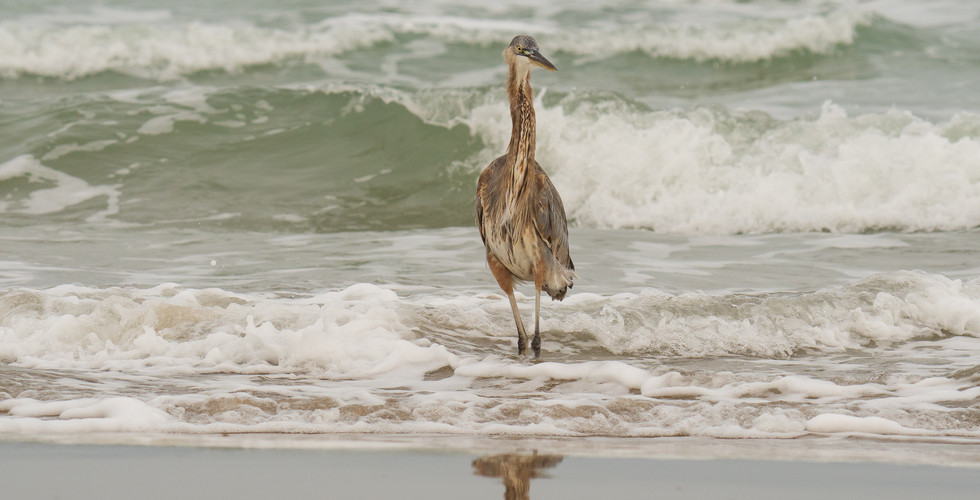

















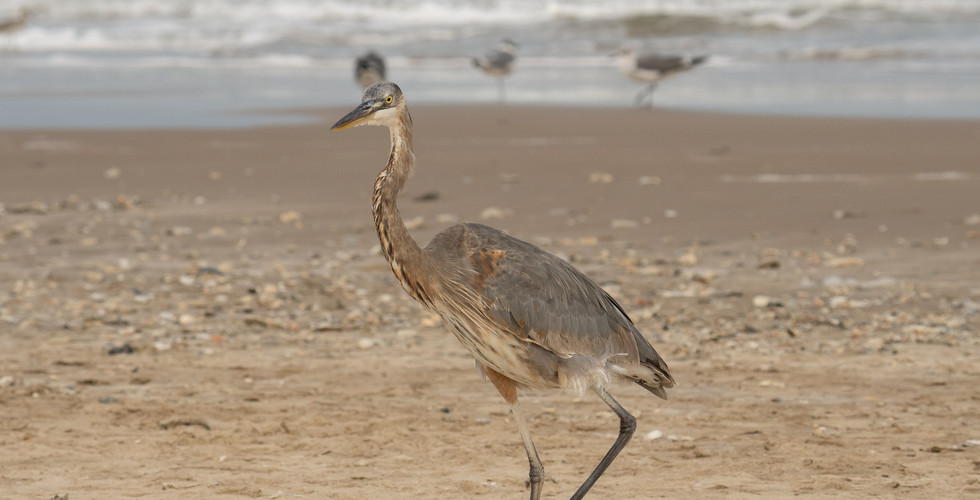



















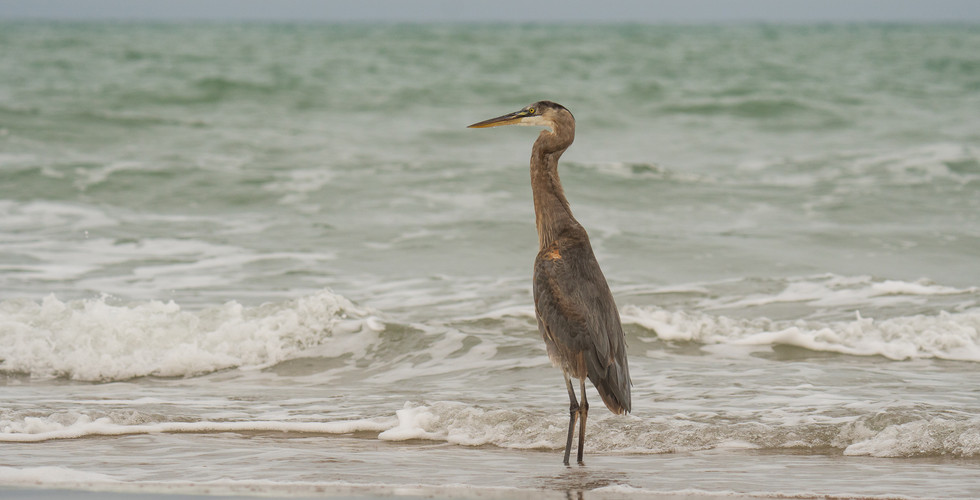


















































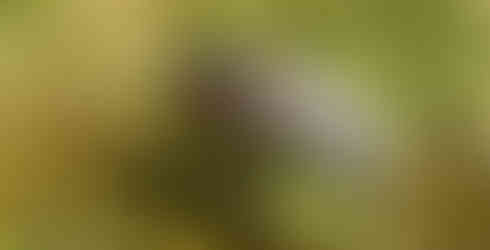








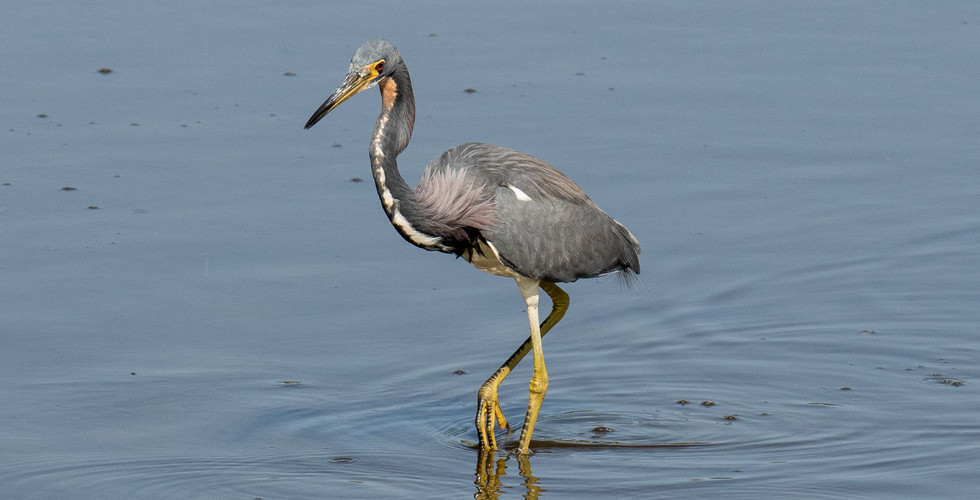






































Comments